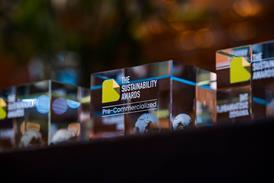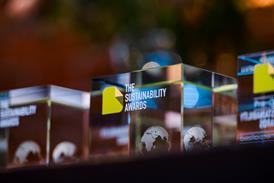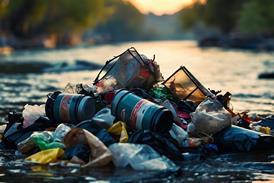
Together for Sustainability has updated its ‘drop-in’ Product Carbon Footprint (PCF) Guideline to help the chemical industry smoothly calculate its Scope 3 emissions and further align with global sustainability frameworks.
Regulatory pressure and stakeholder expectations are pushing companies into transparent sustainability reporting, with the chemical industry estimated to be responsible for 7% of greenhouse gas emissions worldwide – 77% of which are Scope 3.
The Product Carbon Footprint Guideline intends to help chemical companies and suppliers track their Scope 3 emissions and reduce their carbon footprints in line with the expectations of the Paris Agreement. In turn, it expects to help users comply with upcoming regulations like the EU’s Corporate Sustainability Reporting Directive; assist them to achieve sustainability targets; improve supply chain resilience; and manage regulatory and reputational risks.
Incorporating feedback from Together for Sustainability members, suppliers, and industry stakeholders, the updated guideline intends to streamline implementation. Definitions of waste materials are now more clearly defined, while guidance for identifying and measuring waste, as well as decisions in multi-output processes, have been improved.
The guidelines have also sought standardization from, and synchronization with, other frameworks; these include the World Business Council for Sustainable Development (WBCSD)’s PACT Framework, Catena-X, and the Global Battery Alliance. This kind of harmonization is intended to align data quality ratings, simplify data exchange, and improve supply chain emissions management with high-quality data and accurate, consistent reporting.
Like its predecessor, the updated guideline will remain open-source in hopes of widespread adoption – and, as a result, cross-industry collaboration.
Prof. Dr Peter Saling, director of Sustainability Methods at BASF and co-chair of the TfS PCF Guideline Work Package, explained: “The 2024 update to the PCF Guideline brings essential clarity to definitions, methodological questions and data standards, particularly in areas like waste management, mass balance or carbon capture and utilization (CCU), where there has previously been ambiguity.
“Aligning the Guideline with international frameworks ensures that chemical companies can seamlessly integrate it into their global operations.
“These changes will make it easier for corporations and their suppliers to generate and report reliable carbon footprint data, enabling more effective emission reduction efforts across supply chains.
“We have received positive feedback from across the industry, including from sectors such as automotive and pharmaceuticals, which rely heavily on chemical materials. The PCF Guideline has proven to be a versatile document, and we are continuously refining it to meet the evolving needs of both chemical corporations and their diverse supply chains.”
“The updated PCF Guideline represents a significant step forward in our mission to enable significant emission reductions in the chemical industry’s supply chains,” continued Dr Gabriele Unger, general manager of Together for Sustainability. “By improving the clarity and standardization of emissions calculations, we are empowering companies to take meaningful action on their Scope 3 emissions.
“This update reflects our commitment to continuous improvement and our dedication to driving sustainability not just within the chemical sector, but across industries globally.”
All the way back in 2022, thirty-seven companies from the chemical industry came together under the Together for Sustainability umbrella to support a new Product Carbon Footprint Guideline. It sought to unite calculation methods from across the industry and lay out specific instructions for companies tracking their cradle-to-gate emissions.
Other industries have also been laying out guidelines to walk companies through best practice. For example, the Alliance to End Plastic Waste has revealed its new Solution Model playbook, in which it sets out its approach to converting mixed plastic waste into products of value. It seeks to keep its investment and technology requirements low to ensure that countries with less developed recycling systems can still access its solutions.
If you liked this story, you might also enjoy:
The ultimate guide to the Packaging and Packaging Waste Regulation in 2024
How are the top brands progressing on packaging sustainability?
Sustainable Innovation Report 2024: Current trends and future priorities
Everything you need to know about global plastic sustainability regulation


















No comments yet